Optimal Timing for Flat Roof Sealings
Proper timing for flat roof sealings is crucial to ensure effective waterproofing and durability. The optimal period depends on climate conditions, temperature ranges, and weather patterns, which influence the adhesion and curing process of sealants. Typically, the best time for sealings is during mild, dry weather when temperature fluctuations are minimal.
These seasons often provide moderate temperatures and low humidity, ideal for sealant application and curing.
Extreme cold can hinder adhesion, while high temperatures may cause sealants to cure too quickly, compromising effectiveness.
Sealings are most effective when applied between 50°F and 85°F (10°C to 29°C), with low humidity.
Dry weather with no rain forecast ensures proper curing and adhesion of sealants.

Application during spring benefits from moderate temperatures and increased daylight hours.

Early summer can be suitable if temperatures are controlled and weather remains dry.
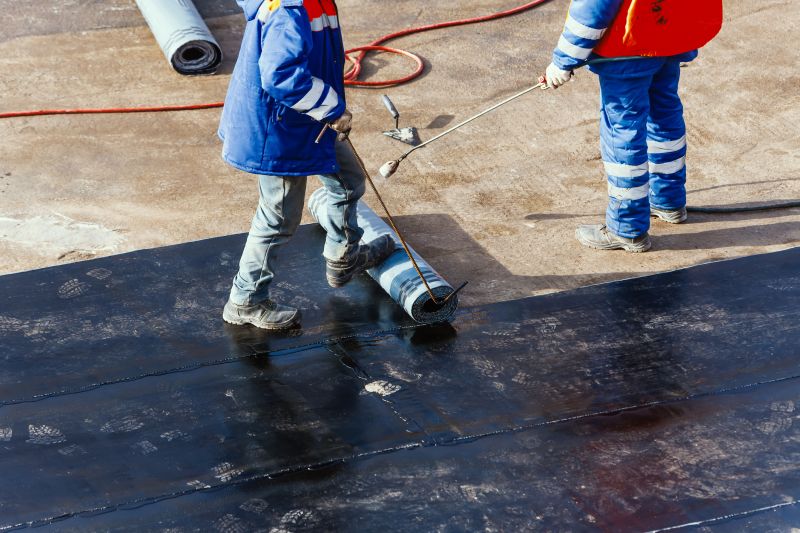
Ideal conditions include low humidity and consistent temperatures.
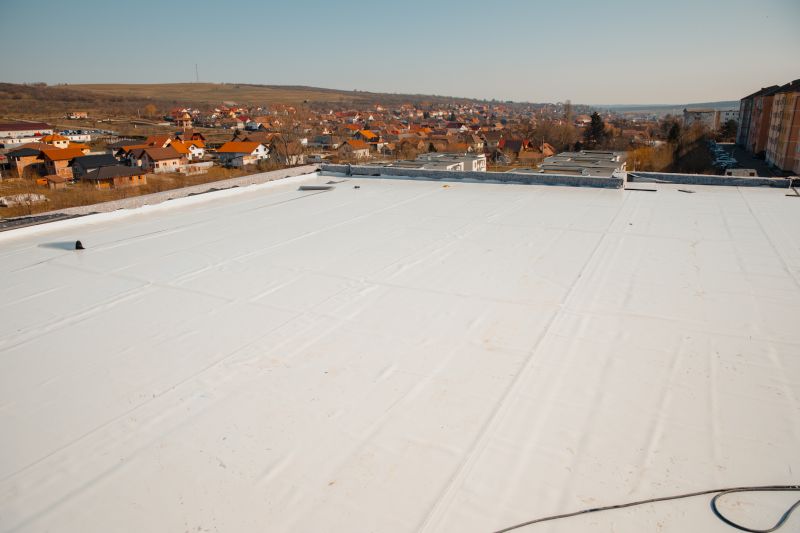
Ways to make Flat Roof Sealings work in tight or awkward layouts.

Popular materials for Flat Roof Sealings and why they hold up over time.
Flat roof sealings are essential for maintaining the integrity of roofing systems by preventing water infiltration and extending the lifespan of the roof. Proper sealing protects against leaks, structural damage, and energy loss. The application process involves cleaning the surface thoroughly, selecting the appropriate sealant, and applying it under suitable weather conditions to ensure maximum adhesion and durability.
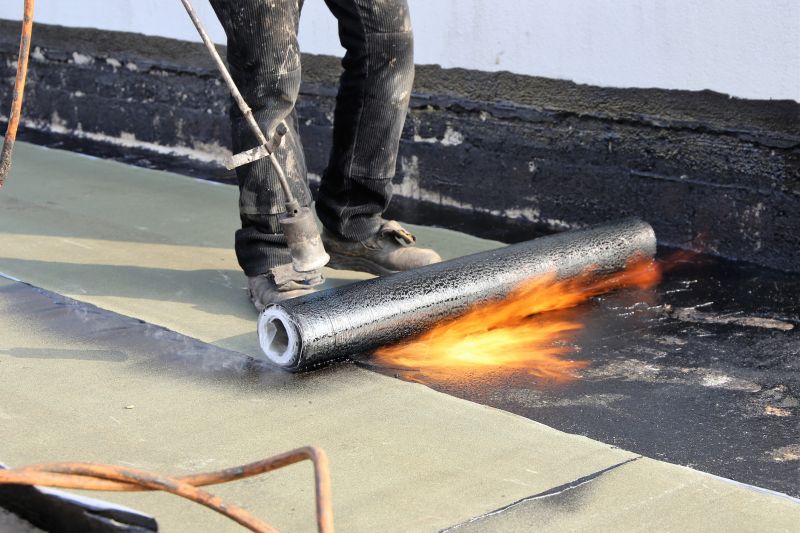
Proper surface preparation is key to effective sealing.
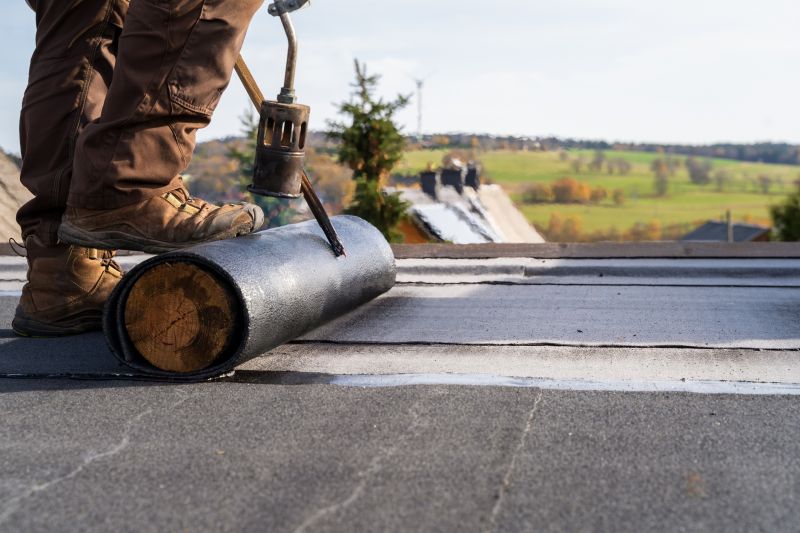
Curing times vary based on weather but generally require dry, warm conditions.
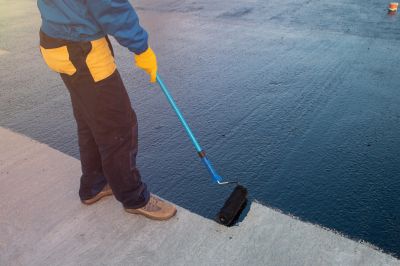
A uniform, well-applied sealant provides optimal waterproofing.
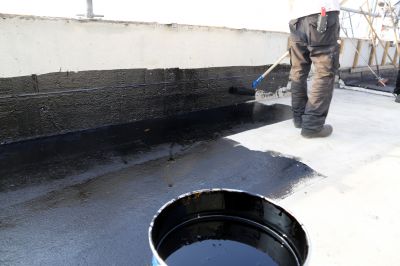
Regular inspection ensures longevity and performance.
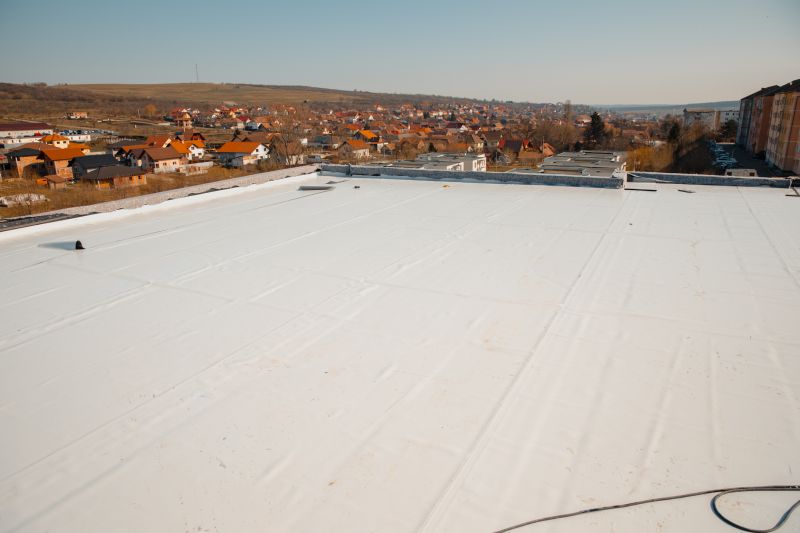
Simple add-ons that improve Flat Roof Sealings without blowing the budget.

High-end options that actually feel worth it for Flat Roof Sealings.
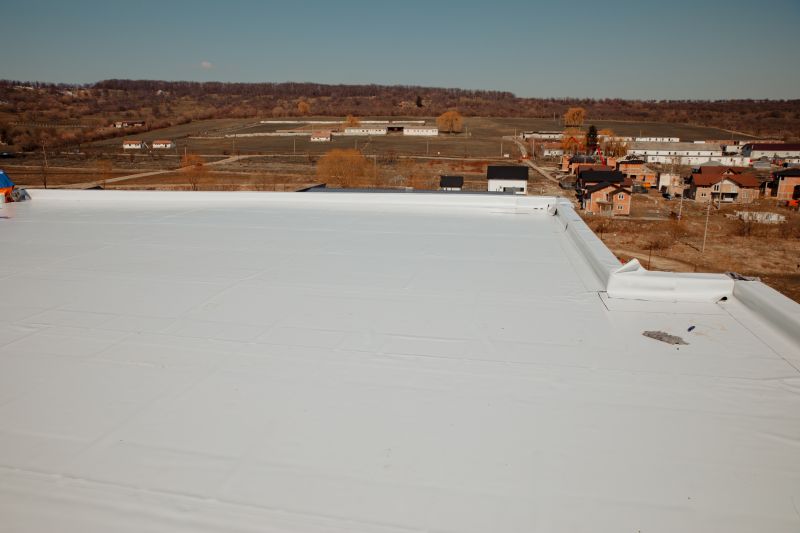
Finishes and colors that play nicely with Flat Roof Sealings.
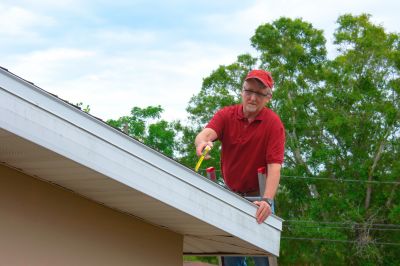
Little measurements that prevent headaches on Flat Roof Sealings day.
| Season | Optimal Conditions |
|---|---|
| Spring | Moderate temperatures, low humidity, dry weather |
| Early Summer | Warm temperatures, dry conditions, increasing daylight |
| Fall | Cooler temperatures, stable weather, low humidity |
| Late Summer | High temperatures, risk of quick curing, dry weather |
| Winter | Cold temperatures, high risk of moisture and frost |
Choosing the right time for flat roof sealings enhances the effectiveness and longevity of the waterproofing system. Monitoring weather forecasts and selecting periods with stable, mild conditions will result in better adhesion and curing of sealants, ultimately protecting the roof structure.

Optimal weather ensures effective sealing.

Dry conditions prevent moisture entrapment and curing issues.

Proper timing maximizes durability and waterproofing.
Interested in scheduling flat roof sealings? Filling out the contact form provides the necessary information to determine the best timing and ensure proper application. Proper timing and application techniques are vital for maintaining roof integrity and preventing costly repairs.
